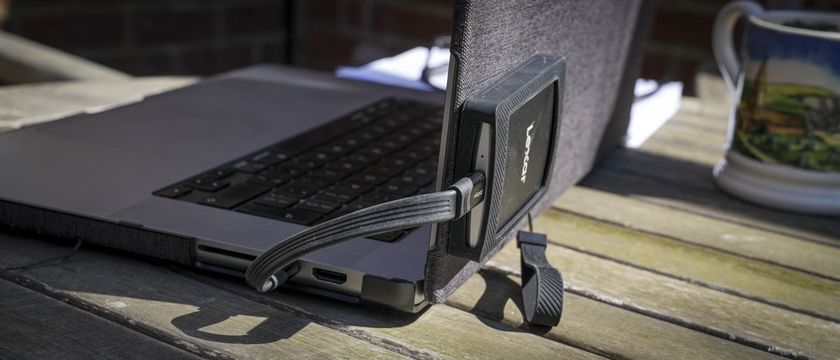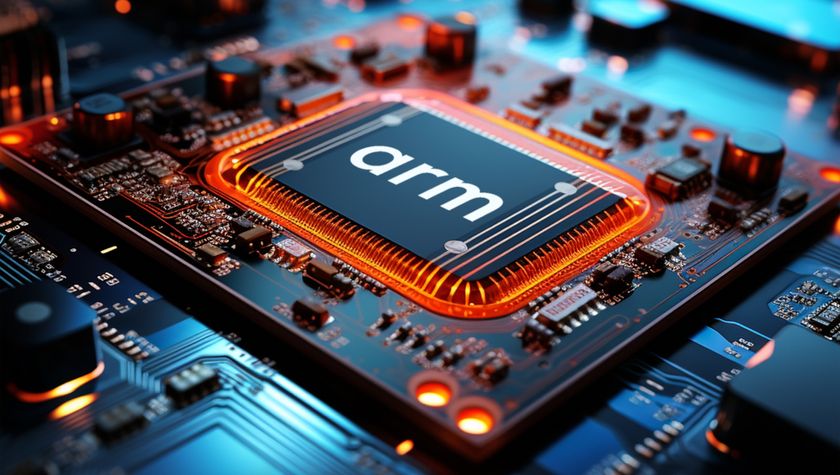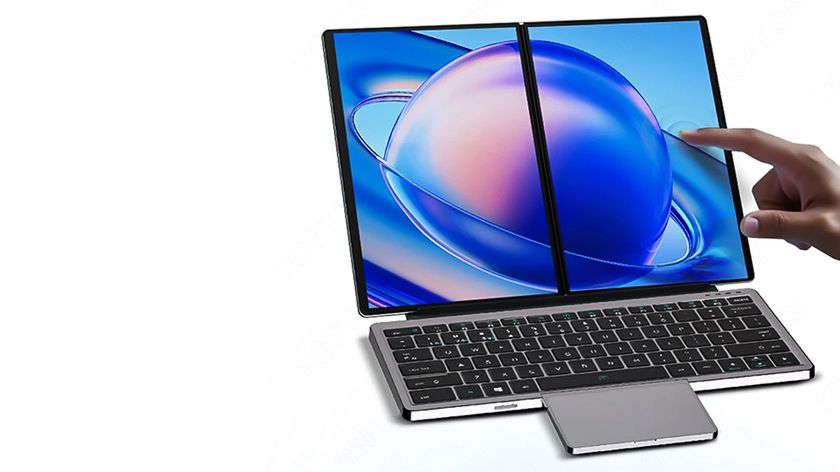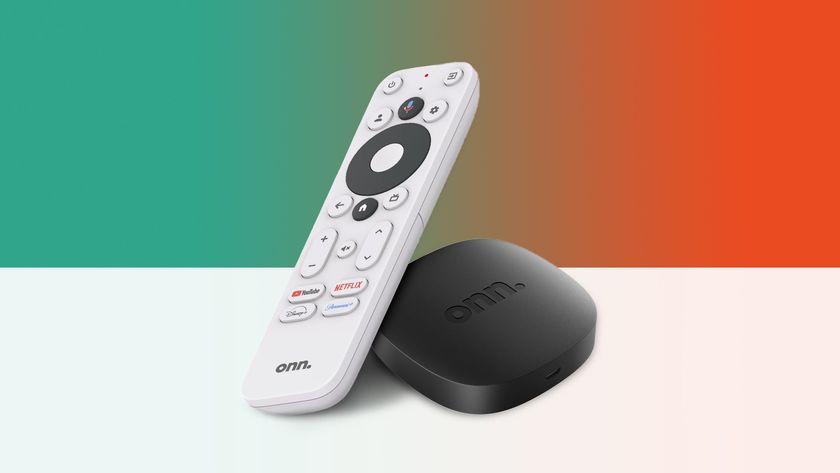Haswell: everything you need to know about Intel's latest Core processors
Intel's latest chips uncovered
As for how this is achieved, Intel has been putting the pieces in places over the last few years. A major part of that process has been integrating ever more features into the CPU itself. These days, we have everything from the memory controller and I/O to graphics, all on one chip.
With Haswell, Intel is taking that a step further with the upcoming Mobile-U ultra-low voltage models, which are pretty much SoC or system-on-a-chip designs, complete with PCH functions like USB on the CPU die. That's not actually the case for the desktop and Mobile-M parts that have been announced so far. But it's coming soon. Whilte the Mobile-U parts promise a massive 20x reduction in power consumption in some scenarios, the Mobile-M parts deliver a more modest, albeit still useful, 20 per cent reduction.
Anyway, along with the improved power consumption comes an overhaul of what it means to be an Ultrabook based on Intel technology. Existing Ivy Bridge generation Ultrabooks must offer more than five hours of battery life, for instance. With Haswell, that leaps to nine hours for idling in Windows 8 and six hours of HD video playback. If you can't manage that, you're not an Ultrabook.
In some ways even more impressive is the requirement for seven days of standby including what's known as "fresh data". That means a Haswell notebook can sit for seven days, periodically pulling down email, social media updates like your twitter feed and all that jazz without dying. It's analogous to (but not actually the same as) the scenario with your smartphone when you switch it off – which isn't actually off – but it still receives calls, texts and push email updates.
The way this is enabled involves new sleep states for the chip. These sleep states essentially give you the battery performance of the old suspend-to-RAM state with the responsiveness of sleep states existing PC processors use when the CPU cores are idle. The idea, then, is that a Haswell notebook can sit for a week on a single charge but always be ready with your latest email and updates the moment you power up. Nifty, eh?
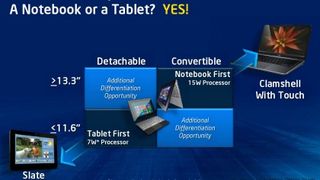
Of course, lower power also means you can have a whole new class of mobile devices. We're talking tablets, of course. You could argue that process already started with Ivy Bridge chips.
After all, you can have an Ivy Bridge Intel Core i5 processor in Microsoft's Surface Pro tablet. But with Haswell, the hardware-related niggles that prevent Surface Pro from being a killer product – the extra thickness, the mediocre battery life – could well be banished. Just think, a tablet as thin and light as an iPad, with comparable battery life, but the performance to run all your favourite desktop applications.
Are you a pro? Subscribe to our newsletter
Sign up to the TechRadar Pro newsletter to get all the top news, opinion, features and guidance your business needs to succeed!
Essentially, what we're talking about is a tablet with the ability to replace your laptop, rather than a tablet that's yet another device you have to lug around. And that's a hugely compelling proposition. Lower power or improved performance at existing power levels will also be a boon for a new generation of boxes and systems around the home.
When you look at what Intel has packed into its most powerful Haswell chips, for instance, the idea of a Haswell-powered NUC (that's Intel's tiny Next Unit of Computing box) is super exciting. It might even make for the basis of a cheap gaming box in the style of Valve's Steam Box.
Then there are all-in-ones with articulating touchscreens and batteries that blur the lines between desktops and mobile devices. Put simply, with lower power all sorts of options and possibilities appear.
Haswell graphics
A key enabler of all this and also the second major upgrade that comes with Haswell is graphics. Graphics performance is in many ways the final frontier of computing. It's also the last major differentiator between desktop PCs and mobile devices. With Haswell, Intel is making its first genuine attempt to plug that gap.
Technology and cars. Increasingly the twain shall meet. Which is handy, because Jeremy (Twitter) is addicted to both. Long-time tech journalist, former editor of iCar magazine and incumbent car guru for T3 magazine, Jeremy reckons in-car technology is about to go thermonuclear. No, not exploding cars. That would be silly. And dangerous. But rather an explosive period of unprecedented innovation. Enjoy the ride.
